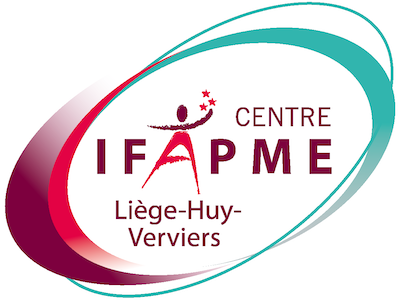1. How is the ISO 19650 series’ expected to improve BIM?
‘Building information modelling (BIM) according to the ISO 19650 series’ is about getting benefit through better specification and delivery of just the right amount of information concerning the design, construction, operation and maintenance of buildings and infrastructure, using appropriate technologies. This helps deliver the efficiencies and savings. The standard is about good practice throughout the whole project and asset management team. It applies throughout the whole life cycle of an asset and it applies to all types of asset in the built environment – buildings, infrastructure and the systems and components within them.
A successful outcome from adopting the processes in ‘BIM according to the ISO 19650 series’ would have the following features:
- Clear definitions for the information needed by the project client or asset owner, and for the standards, methods, processes, deadlines and protocols that will govern its production and review.
- The quantity and quality of information produced being just sufficient to satisfy the defined information needs, whilst not compromising health and safety or security. Too much information represents wasted effort by the supply chain and too little means clients/owners take uninformed decisions about their projects/assets.
- Efficient and effective transfer of information between those involved in each part of the life cycle – particularly within projects and between project delivery and asset operation.
- Informed and timely decision making.
The ultimate result would be the efficiencies gained through reduction of waste/rework in the design, construction, operation and maintenance activities plus the reduction of risk.
2. Why is data validation necessary?
The complexity of projects and the large number of project participants means that a huge amount of information is created. When this information is imported into and exported from BIM tools, it is also shared so consistent maintenance of data throughout the project is necessary.
At every stage of the project the graphical and non-graphical data in project models is essential to producing accurate information.
This data needs to undergo continuous validation and verification to update information before the handover process, and it must also reflect any changes during the construction phase from the original design.
Checking deliverables throughout the project saves not only time and cost on correcting inaccuracies but saves time and cost on rework of providing incorrect deliverables.
There are four key areas to cover in the validation process: checking modelling attributes and procedures, clash detection, code checking and verifying compliance with the correspondent regulation.
The validation process not only evaluates the accuracy of the translation process between the native data to IFC formats, but also helps ensure the integrity of the data and boosts interoperability.
3. What is Construction 4.0?
The construction industry is undergoing a significant transformation, which includes revolutionary new approaches such as digitalisation and automation. This “fourth industrial revolution”, known for all EU industry as “Industry 4.0”, is known in construction industry as Construction 4.0.
It encompasses things such as prefabrication, automation, 3D printing, virtual reality, drones, sensors, robots for repetitive or hazardous processes, and data - lots and lots of data - used to help the industry know itself better and to shape the decisions it makes today and tomorrow.









